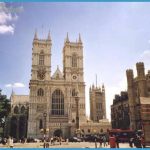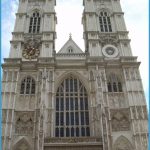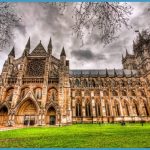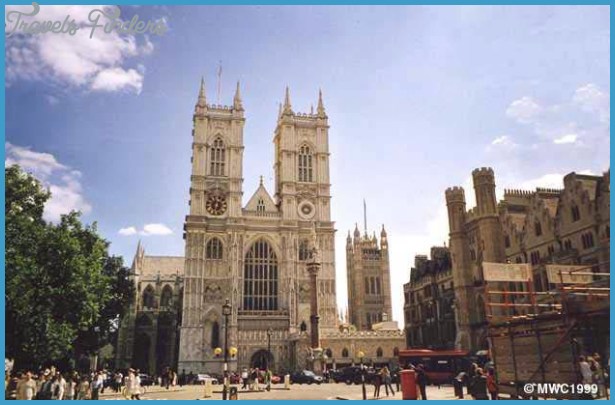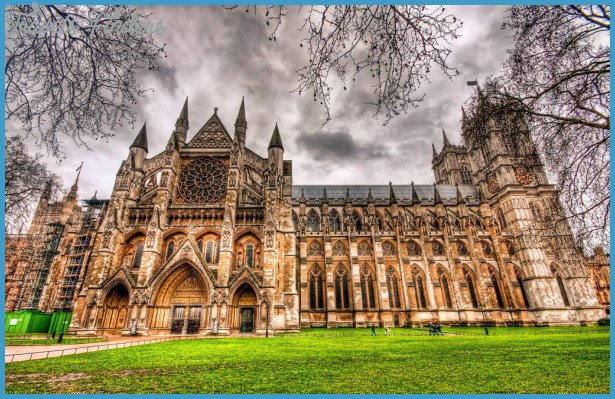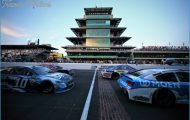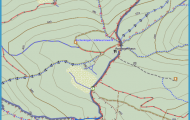WESTMINSTER ABBEY
On December 28, 1065, Edward the Confessor, the last Saxon King of England, was buried in the church of the West Monastery; a year later, the Abbey saw the coronation of William the Conqueror, thus establishing the Abbey’s twin traditions as the figurative birthplace and literal resting place of royalty. It was this connection that allowed Westminster, uniquely among England’s great monasteries, to escape wholesale destruction by Henry VIII.
Early English kings are buried around the Confessor’s tomb in the Shrine of St. Edward, behind which the Coronation Chair stands at the entry to the Tudor Lady Chapel. Poet’s Corner begins with Geoffrey Chaucer, buried in 1400; plaques at his feet commemorate both poets and prose writers, as does the stained-glass window above. At the center of the Abbey, the Sanctuary holds the altar, where coronations and royal weddings are held. The simple grave of Winston Churchill is just beyond the Tomb of the Unknown Warrior. The Old Monastery houses the Great Cloister, festooned with monuments and plaques, from which passages lead to the Chapter House, the original meeting place of Parliament, the Pyx Chamber and the Abbey Museum, which features an array of royal funeral effigies. The pleasant gardens are reached from the Cloisters.
(Parliament Sq.; enter the Old Monastery, cloister, and garden from Dean’s Yard, behind the Abbey. n7222 5152. Tube:
Westminster. Abbey open M-Tu and Th-F 9:30am-3:45pm, W 9:30am-7pm, Sa 9:30am-l:45pm, Su for services only. £6, students, seniors, and under-16 £4. Services free. Museum open daily 10:30am-4pm. Chapter House open Apr.-Oct. daily 9:30am-4:45pm; Nov.-Mar. 10am-4pm. Chapter House £1.
Cloisters open daily 8am-6pm. Cloisters and garden free.)

